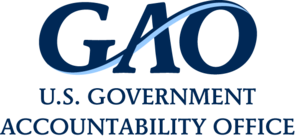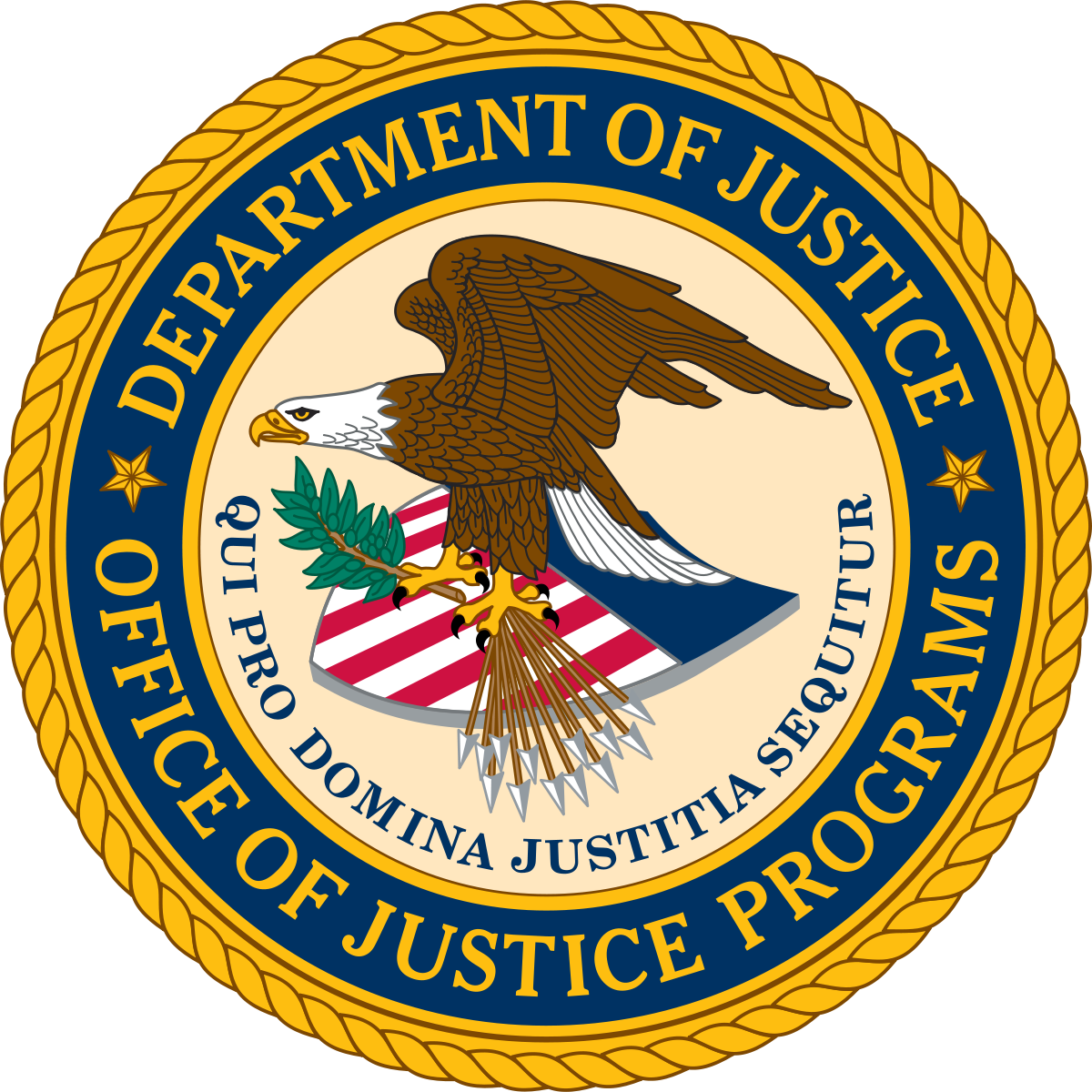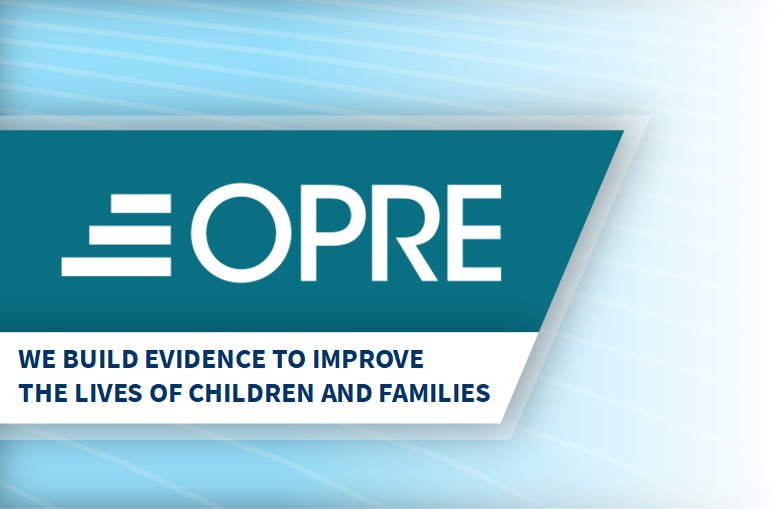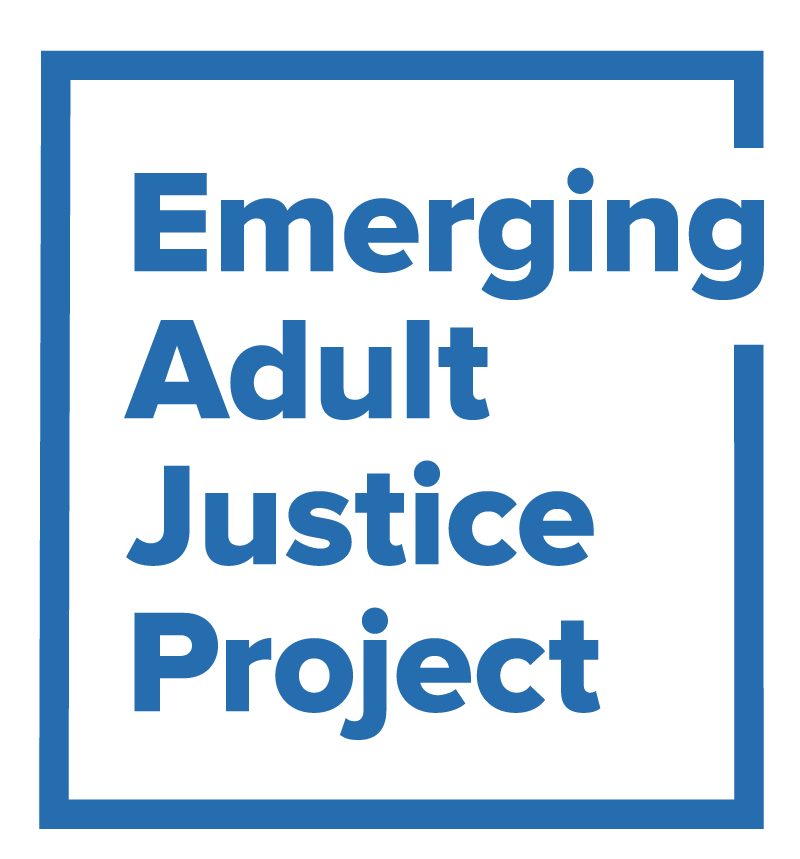Separation of children from their parents is one possible traumatizing consequence of a mandated report, which is not to be taken lightly. This commentary on a case considers how racism and poverty should influence clinicians’ construal of their duties as … Read More
Child Well-Being

How Should Clinicians Minimize Bias When Responding to Suspicions About Child Abuse?
Abstract Clinicians have ethical and legal obligations to report suspected maltreatment of children. A decision to report suspected abuse is one of great ethical, clinical, and legal importance and can weigh heavily on clinicians who have established relationships with a … Read More

Child Trafficking: Addressing Challenges to Public Awareness and Survivor Support
Why This Matters Human traffickers can target children in the U.S. to exploit them sexually, force them into labor, or both. Children can be targeted due to their age and other factors that make them vulnerable. Children experiencing poverty, homelessness, … Read More

Interested in policy supporting homeless youths? ABA group provides guidance
Richard Hooks Wayman was a senior youth policy analyst at the National Alliance to End Homelessness in the mid-2000s when he became involved with the ABA Commission on Homelessness and Poverty. Hooks Wayman spent most of his earlier career focusing on … Read More

FACT SHEET: President Biden to Announce Strategy to Address Our National Mental Health Crisis, As Part of Unity Agenda in his First State of the Union
In his first State of the Union, the President will outline a unity agenda consisting of policy where there has historically been support from both Republicans and Democrats, and call on Congress to send bills to his desk to deliver … Read More

Exploring the Effects of Maltreatment and Child Welfare System Experiences on Juvenile Justice Involvement
This dissertation examines the effect of maltreatment and child welfare experiences on juvenile justice involvement. Using a broad sample of youth who have been involved with probation and the advanced causal inference method of Targeted Maximum Likelihood Estimation (TMLE) and … Read More

Reaching and Supporting Families Most in Need: Lessons and Practice Considerations from the Head Start REACH Case Studies
What is the Head Start REACH project? The Head Start REACH project is examining the ERSEA approaches that programs for infants and toddlers (Early Head Start) and preschool-age children (Head Start) use to engage Head Start–eligible families experiencing adversities. Adversities … Read More

Helping Children and Youth Maintain Relationships With Birth Families
Children and youth who are adopted need to maintain relationships with their birth families, previous caregivers, or other important connections, and it is vital that their parents support them in doing so. Nurturing these relationships is in the best interests … Read More

Promising Practice: Pre-Arraignment Diversion for Emerging Adults
Executive Summary In this report, we collate a set of promising practices to support the implementation of pre-arraignment diversion programs for emerging adults. Emerging adults are roughly between 18-25 years of age and are uniquely situated between the developmental stages … Read More

A Review of Human-Centered Design in Human Services
Introduction Human services programs, such as those funded through the U.S. Department of Health and Human Services’ Administration for Children and Families (ACF), address complex social issues ranging from supporting healthy relationships, child welfare, and economic mobility to providing high-quality, … Read More
